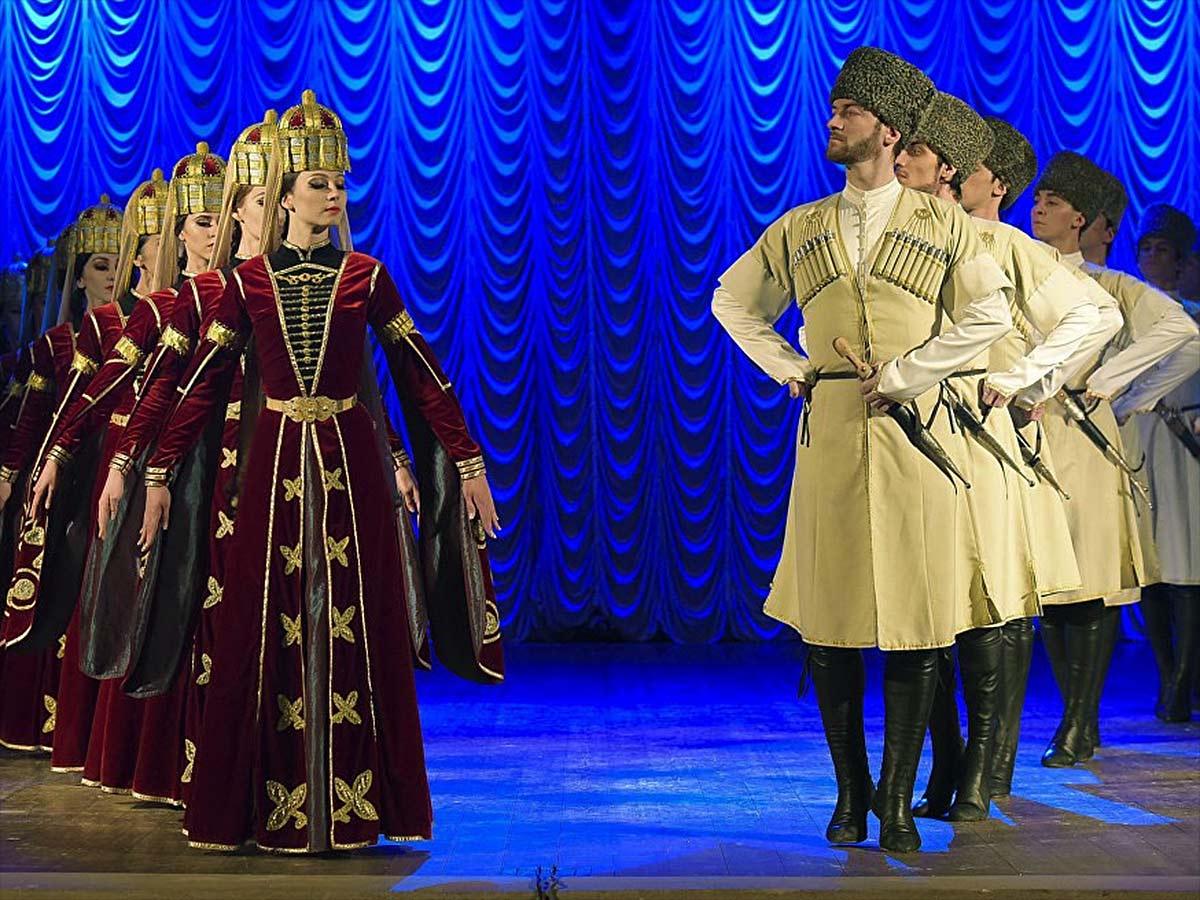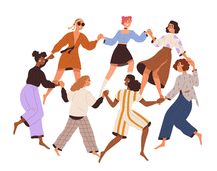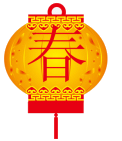
漢德百科全書 | 汉德百科全书

Awa Odori (japanisch 阿波おどり ‚Awa-Tanz‘) bezeichnet einen Bon Odori – traditionellen japanischen Tanz zum Obon-Fest – aus der Präfektur Tokushima (historisch Provinz Awa). Der Tanz zeichnet sich sowohl durch seine unregelmäßigen Schritte als auch seinen unterschiedlichen Tanzstil für Männer und Frauen aus.
阿波舞(日语:阿波踊り、阿波おどり、あわおどり)是起源于日本德岛县(令制国时代为阿波国)的一种盆舞,以三味线、太鼓、钲鼓、篠笛以二拍子节奏伴奏,搭配舞蹈者的声音及手部动作的集体舞蹈,但其并没有特别固定的模式,相当随兴[1]。


 Ardah (Arabic: العرضة / ALA-LC: al-‘arḍah) is a type of folkloric group dance in the Arabian Peninsula. The dance is performed with two rows of men opposite of one another, each of whom may or may not be wielding a sword or cane, and is accompanied by drums and spoken poetry.[1]
Ardah (Arabic: العرضة / ALA-LC: al-‘arḍah) is a type of folkloric group dance in the Arabian Peninsula. The dance is performed with two rows of men opposite of one another, each of whom may or may not be wielding a sword or cane, and is accompanied by drums and spoken poetry.[1]
Originally, the "ardah" was performed only by males of tribes of the Arabian Peninsula before going to war, but nowadays it is done at celebrations, weddings, and national and cultural events by males of all tribes, such as the Jenadriyah festival. There currently exists various types of ardah across the Arabian Peninsula.
It was inscribed on UNESCO's Intangible Cultural Heritage of Humanity in 2015 as Alardah Alnajdiyah.






Die Hüfttrommel (chin. 腰鼓, yāogǔ) ist ein Schlaginstrument (Membranophon) mit einem zylindrischen oder fassförmigen Korpus. Die Länge beträgt gewöhnlich ca. 35 cm, beide Seiten sind mit Trommelfellen bespannt. Am Korpus befinden sich zwei Metallringe, damit wird sie am Gürtel befestigt, sie hängt an der Hüfte. Sie wird mit in beiden Händen gehaltenen Holzschlägeln angeschlagen, es wird dazu getanzt.


 Dances
Dances

 Spring Festival
Spring Festival
 Traditions
Traditions
 Vacation and Travel
Vacation and Travel